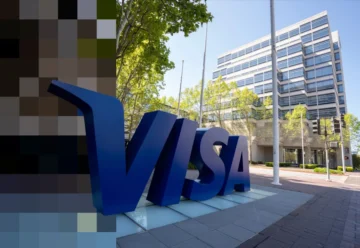FTX Owes Money to Numerous Companies and Individuals

FTX representatives prepared a “creditor matrix,” a 115-page document with details of entities owned by Sam Bankman-Fried’s company.
FTX attorneys provided a document to the District Court for the District of Delaware that contains details of all the companies to which the cryptocurrency exchange owes money. The 115-page document includes information on about 70,000 businesses. The exchange is also in debt to about 9.7 million of its users. Still, their personal data must remain confidential for at least three months after the latest bankruptcy ruling, according to Judge John Dorsey.
The list of creditors of FTX Trading Ltd. includes banks, venture capital funds, crypto companies, media publications, charities, airlines, hotels, and even government agencies. Among the well-known companies in the Web3 sector are giants such as Coinbase, Binance, Yuga Labs, Circle, Bittrex, Chainalysis, Messari, and many others, including Galaxy Digital, which also began bankruptcy proceedings.
Sam Bankman-Fried’s company owes debts to major tech corporations such as Apple, Microsoft, Google, and Amazon, the social networks LinkedIn and Twitter, and the streaming service Netflix. FTX has debts to CoinDesk, The New York Times, and The Wall Street Journal, among the mentioned media publications.
FTX creditors include tax authorities of several U.S. states and the Internal Revenue Service (IRS), plus a number of government agencies in Japan, Australia, and Hong Kong.
According to the document, FTX has been operating on debt in many areas, from public relations to pest control. The paper presented doesn’t specify the amount of debt owed to each specific company. Moreover, being on the “creditor matrix” doesn’t mean the company had a trading account on FTX.
In mid-December 2022, FTX Founder Sam Bankman-Fried was arrested and extradited to the United States. At the hearing, he pleaded not guilty to any of the charges. However, ex-executives of FTX Group Caroline Ellison and Gary Wang pleaded guilty and cooperated with the investigation.











